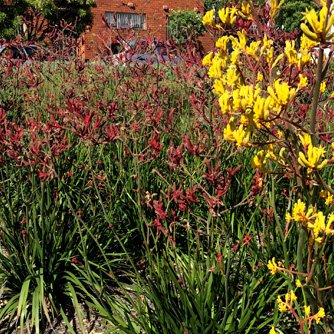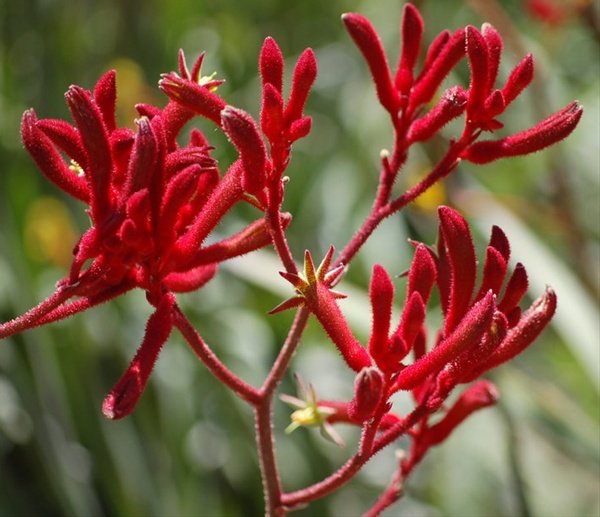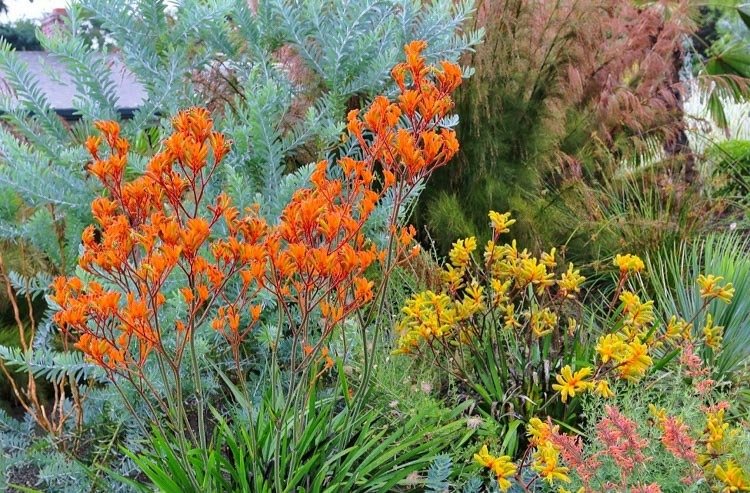Oh yeah @ctrl-alt-nwo, this iconic Aussie plant is loved for its stunning flowers which attract birds and also make great cut flowers.

In a nutshell kangaroo paws come from regions which experience cool wet winters and warm dry summers. If you can replicate this then your plants will thrive. If your climate is different to this then try the taller varieties as they are more adaptable. Alternatively grow the smaller types in pots and view them as short-lived perennials. With this in mind you can get happily grow them in cool, temperate and subtropical climates around Australia.

As mentioned above kangaroo paws aren’t sensitive to phosphorus (except the black kangaroo paw) so you can use regular fertilisers on them. Fertilise when the plants are actively growing with a slow release organic fertiliser, compost or aged manure. Potted specimens will especially benefit from regular doses of eco-aminogro to support their flower production. Use eco-seaweed as well to encourage thicker cell walls which makes it harder for fungal diseases to take hold.

Snails and slugs may attack fresh growth but the biggest problem comes from fungal diseases. These appear when the growing conditions aren’t ideal or when the plant is losing vigour at the end of its life. Crown and root rots, kangaroo paw rust and ink spot are the major culprits. Remove affected leaves and improve growing conditions (eg more sun, better drainage and air flow). Some commercial growers incorporate eco-fungicide into their spray program as well. In a home garden situation keep plants vigorous and healthy with regular applications of eco-seaweed and eco-aminogro as your first line of defence.

https://ecoorganicgarden.com.au/gardening-tips/how-to-grow-kangaroo-paws/